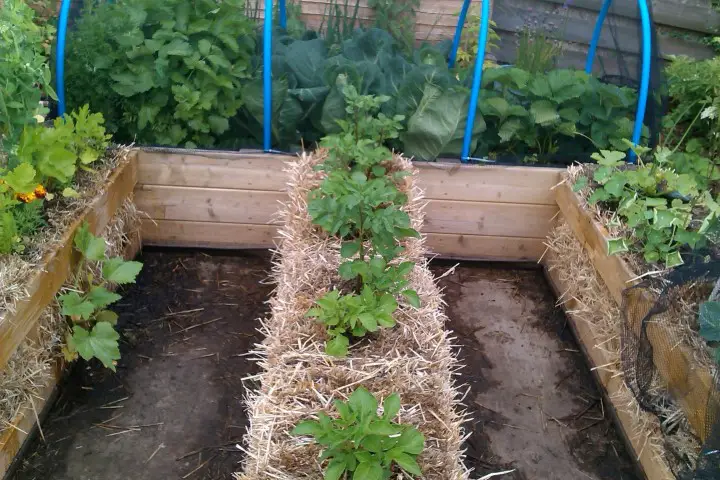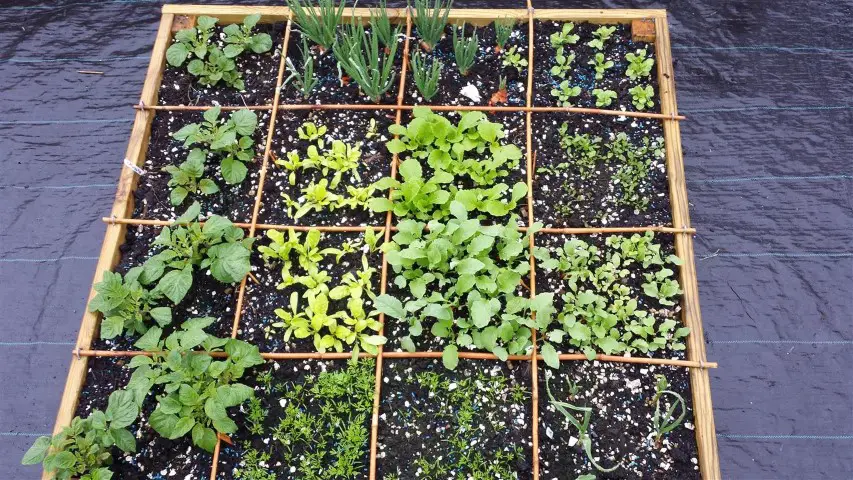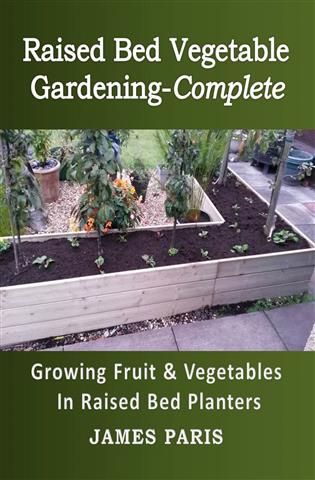
Whether you are growing vegetables or flowers or perhaps wish to have your own herb garden, the fact is that gardening from a wheelchair is virtually impossible in a traditional garden set-up.
To state the obvious, apart from a few exceptions (climbers, shrubs etc) Plants tend to be grown on the ground which makes tending them from a sitting position out of the question.
Thankfully there is an easy solution to this problem that will make the vegetable or flower garden accessible to wheelchair or mobility scooter users – and bring back the joy and peace that comes with tending a well organised garden.
A Wheelchair-friendly raised bed garden area should be set up using the following criteria
- Raised beds can be as long as is practical, but no more than 3 foot inches (90cm) wide.
- Built with any material from brick or corrugated iron or (most popular) timber, it should be approximately 2 (60cm) foot high.
- The beds should be set at least 3 foot apart for to allow easy access for a wheelchair or scooter.
- The ground area between the beds has to be solid surface such as concrete slabs or a tarred surface to allow free easy movement for small diameter wheels.
- As well as actual Raised Beds, consider table-top planters, planters on legs, containers and vertical gardening methods.
With all the basics established such as accessibility and the ability to physically work the garden, there are other things to take into account when setting up or operating a wheelchair friendly garden.
Table-Top raised bed gardens
It is fairly common knowledge that Raised beds have many advantages over traditional row gardening methods – especially for wheelchair users or anyone who has difficulty with kneeling or bending over for long periods of time.
However one of the disadvantages of conventional Raised Beds, that indeed they have in common with most gardening methods, is the fact that they are permanent features and cannot be moved.
For this reason the Table-Top garden which is set upon legs can often be advantageous for the user because it can be brought to a location perhaps more convenient, or better situated for the particular flowers or vegetables that the user would like to grow.
The height is of course a main benefit as it can easily be constructed at a height that will suit the user, and in some cases high enough for the chair to slip under allowing for easier use of the growing area.
Although the depth of the soil is usually restricted to about 4-6 inches, this still allows for a variety of plants to be grown, especially herbs such as basil, rosemary, chives, oregano, sage, or parsley.
This is especially suited to the square foot gardening or ‘grid planting’ method, where it is easy to organise and operate a variety of plants.

Raised Planters for wheelchair access
Planters come in al shapes and sizes of course, but whatever the size of the planter for wheelchair use there is the more important aspect of height to consider.
This is a picture of a trough planter that it set to about 24 inches high and can be used for a variety of vegetable or flower planting. This one was planted out in a range of flowers but it also is the perfect size for a small herb garden.
These troughs sometimes called ‘veg trugs’ are ideal for wheelchair users as they are not wide – so it’s easy to reach over – and the height is of course set for easy wheelchair accessibility.
Accessible Vertical gardening
The vertical gardening method is another way to make gardening accessible to wheelchair users because everything is close at hand and accessible.
Of course the height can be established for the vertical planters so that they are indeed accessible, and any climbing plants or vines trimmed so that the tops remain in reach.
Pruning climbing plants from a sitting position is indeed a very therapeutic occupation if everything is set in place to make it possible without great effort.
More things to consider for a wheelchair-friendly garden
- Water source: Make sure the tap and hose are easily accessible without leaving the chair. Better still, install an irrigation system that feeds every planter or raised bed. A good adaption is to run a hose around the garden and add clip-on additions that allow for adding short hose attachments at various intervals.
- Paths: If the paths between are not hard surfaced (gravel for instance) then a cheap way to fix this is with a roll-out wheelchair surface. This is a thick material (available on Amazon) that covers gravel and makes it easy to roll over with a wheelchair.
- Working tables: Every gardener needs a table to place ‘stuff’ on whether it be the tools of the trade, coffee – or a glass of wine! Keep a table or tables handy at the right place for easy use
- Garden shed: The must-have for the gardener is the garden shed. For wheelchair users, this one should be set up with a low table-top on one side and a wall rack on the other for hanging garden tools on.
- Extended tools: Consider tools such as shears or clippers with extended arms. These can be a real bonus for chair users and really extend your reach – especially for pruning fruit shrubs or trees (of which you should choose dwarf varieties).
The method behind gardening in a wheelchair
The main thing to consider when gardening from a wheelchair – and this applies to vegetable gardeners or flower growers – is accessibility.
The ability to manage a garden even from a sitting position. Even though the beds are all constructed in such a way that you can reach every part of the garden from your chair, you also have to change how you do this part.
The chair is placed alongside – and not in front of – the raised bed or planter. That is unless you have a Table-Top planter that you can roll under!
Working from the side means that you are not continually leaning forward hurting your back. It also gives you a longer reach over the bed itself when tending the plants.
Summary:
With mental as well as physical health in the spotlight right now and subject to many studies , gardening has taken on a whole new level of importance and indeed interest.
, gardening has taken on a whole new level of importance and indeed interest.
Whether growing vegetables to feed the family or growing flowers to beautify your world, the ability to garden for the able-bodied and the ‘physically challenged’ is of huge significance for many.
The garden can offer a place of peace and solace. An area where the cares of the everyday world can be put aside, and our creative juices can be allowed to flow – just as God intended right at the beginning…
You might also like – How to fill a deep garden bed


